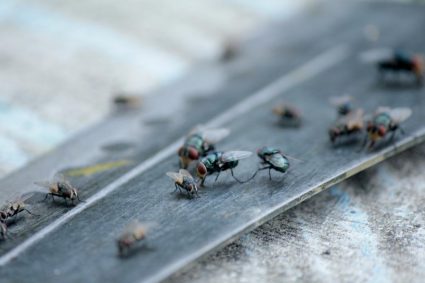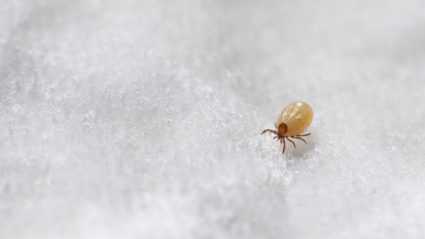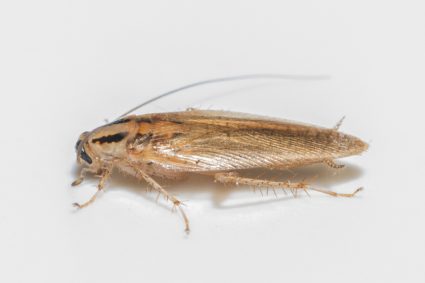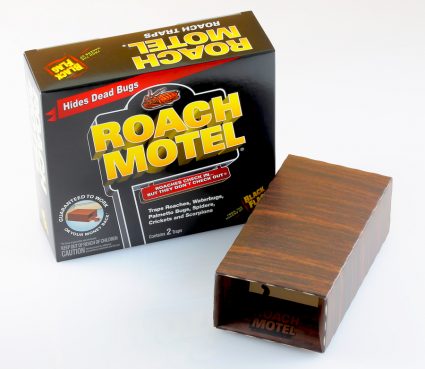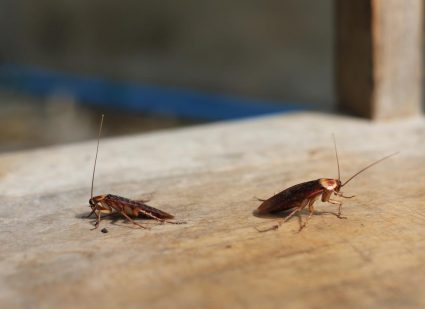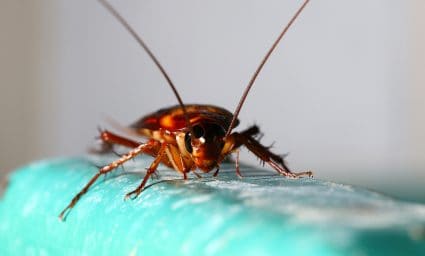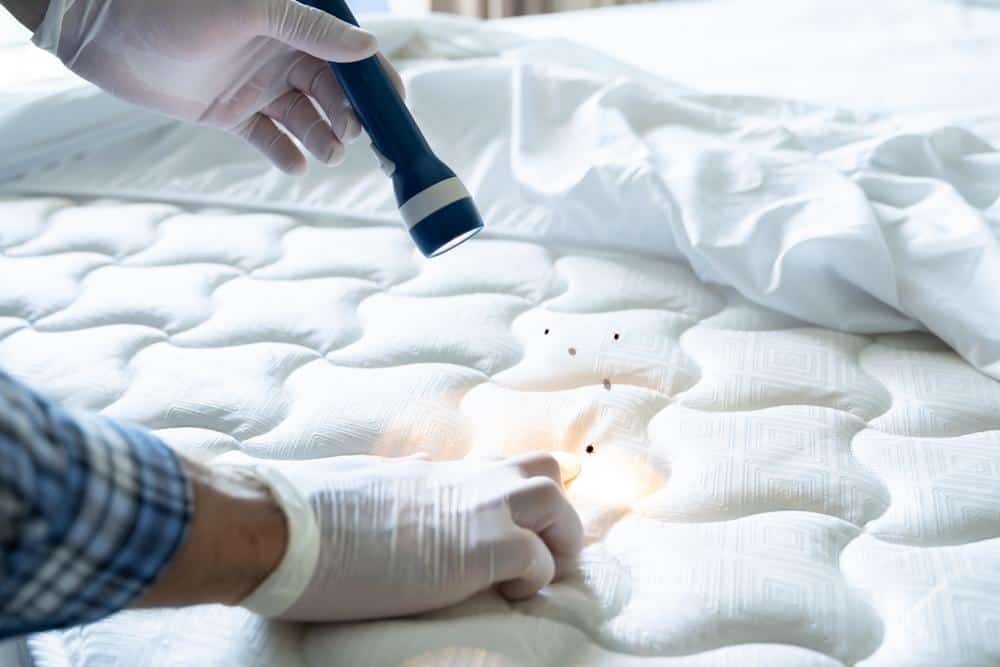
Bed bugs are notorious for their sneaky behavior and ability to infest even the cleanest homes. These tiny pests have adapted well to human environments and can cause significant discomfort and stress. One of the most common questions asked about these pests is, “Where do bed bugs go during the day?” This article will provide an in-depth explanation of their daytime behavior, common hiding spots, signs of infestation, and prevention methods.
Bed bugs are primarily nocturnal and prefer to hide in dark, warm areas during the day. Common hiding spots include mattresses, pillows, upholstered furniture, behind electrical outlets, curtains, crevices of headboards, bed frames, seams of couch cushions, cracks in wood trim, dresser drawers, clutter, wall voids, and around window and door moldings. They can also be found in spaces behind wood trim, inside electrical boxes, in floors, and behind wallpaper.
What are Bed Bugs?
Bed bugs are insects from the genus Cimex that feed on human blood, usually at night. Adult bed bugs are about the size of an apple seed (5-7 mm or 3/16 – 1/4 inch long), with a flat, oval-shaped body. They are brown in color, but after feeding, they become reddish-brown and more elongated. Young bed bugs, often referred to as nymphs, are smaller and can be white-to-yellow in color or appear translucent if they haven’t fed recently. Bed bug eggs are very small, about the size of a pinhead, and are pearly white in color.
Where Do Bed Bugs Hide During the Day?
Bed bugs are primarily nocturnal creatures, which means they are more active during the night and prefer to hide during the day. They typically hide in dark, warm areas such as mattresses, pillows, upholstered furniture, behind electrical outlets, curtains, and crevices of headboards.
Here are some of the common hiding spots:
- Bed frames, headboards, and box springs: Bed bugs can easily hide in the cracks and crevices of these areas due to their flat bodies.
- Mattress seams and nearby curtains: The seams provide a perfect hiding spot for these pests.
- Seams of couch cushions, cracks in wood trim, and dresser drawers: These areas are often overlooked when cleaning, providing ideal daytime retreats for bed bugs.
- In and around clutter, wall voids, and around window and door moldings: Clutter provides ample hiding spots for bed bugs, and they can easily travel through wall voids to other areas of the house.
Common Misconceptions
Several misconceptions exist about where bed bugs hide during the day. For instance, some people believe that bed bugs live exclusively in mattresses. However, they can also be found in spaces behind wood trim, inside electrical boxes, in floors, and behind wallpaper.
Another common misconception is that bed bugs only bite at night. Although bed bugs are typically nocturnal, they can feed during the day if they are hungry and feel safe enough. Keeping a light on at night won’t deter these pests.
How to Prevent and Eliminate Bed Bug Infestation
Preventing a bed bug infestation is much easier than eliminating one. Here are some steps to help you prevent and get rid of bed bugs:
- Check secondhand furniture for signs of infestation.
- Use protective covers that encase mattresses and box springs.
- Reduce clutter in your home.
- Vacuum frequently.
- Seal cracks and crevices.
- Install door sweeps on the bottom of doors.
- When traveling, inspect your lodging area for signs of bed bugs.
- Wash and heat-dry your bed sheets and clothes regularly.
- Use mattress encasements and bed bug interceptors.
If you suspect a bed bug infestation, it’s essential to act quickly and consider hiring a professional exterminator for effective treatment. Combining chemical and nonchemical tactics, such as vacuuming, washing bedding at high temperatures, steam or heat treatment, and sealing hiding places, can help control bed bug infestations.
Conclusion
Understanding where bed bugs go during the day is crucial in preventing and managing an infestation. By knowing their hiding spots and behaviors, you can take proactive measures to protect your home. If you suspect a bed bug infestation, seek professional help immediately to prevent the infestation from getting worse. Remember, bed bugs are not a reflection of cleanliness, and even the most pristine homes can fall victim to these elusive pests.
Frequently Asked Questions
How long do bed bugs live?
Bed bugs can live for about 10 months to a year under ideal conditions, with a steady food supply and optimal temperature.
Can bed bugs spread diseases?
No, according to the CDC, bed bugs do not spread diseases. However, their bites can cause itching and loss of sleep. Some people may also experience allergic reactions to bed bug bites.
Can bed bugs fly or jump?
No, bed bugs cannot fly or jump. They move by crawling.
Can bed bugs survive in cold temperatures?
Bed bugs are more resilient to cold temperatures than heat. They can survive for a short period at temperatures as low as -13°F (-25°C). However, they would need to be exposed to these temperatures for several days to die.
Are bed bugs visible to the naked eye?
Yes, adult bed bugs are visible to the naked eye. They are about the size of an apple seed and have a reddish-brown color. However, their eggs and nymphs are much smaller and harder to see.

